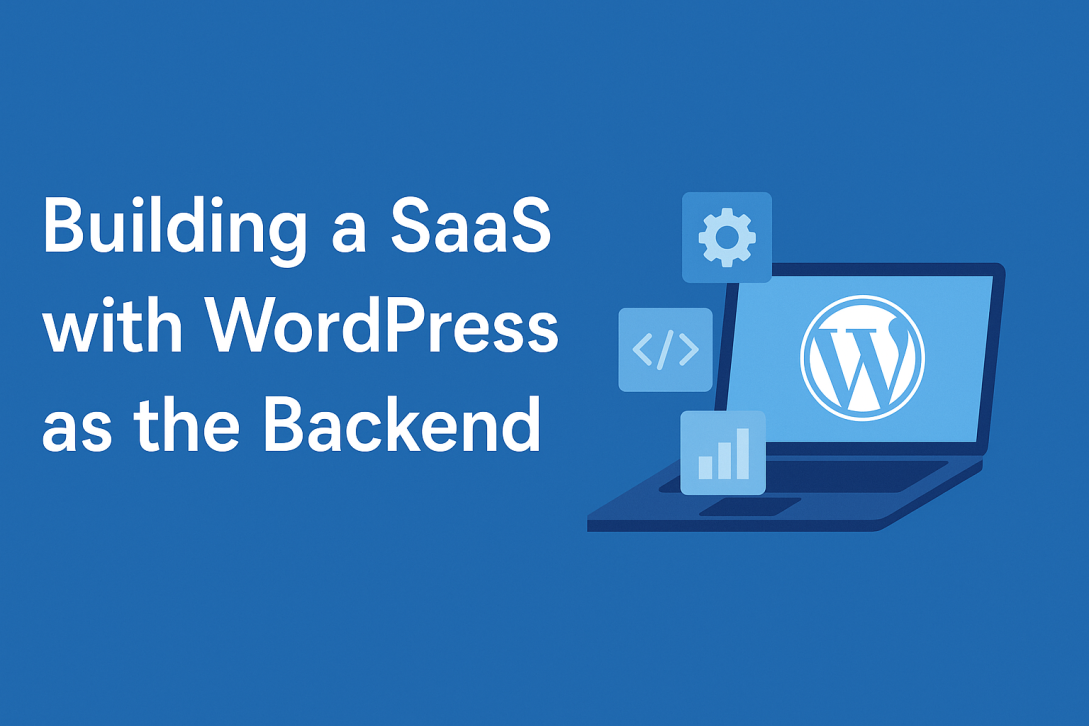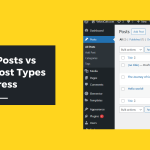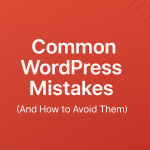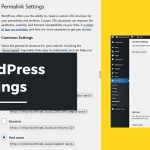Software as a Service (SaaS) is booming—and for good reason. It allows people to access powerful tools without worrying about installation, updates, or infrastructure. Now imagine building such a SaaS product not with some complicated tech stack, but with the humble, powerful, and deeply familiar WordPress. Yes, the same platform that powers over 40% of the web. In this guide, I’ll walk you through how you can use WordPress as the backend for your next SaaS project—particularly with an Indian audience in mind, where affordability and innovation go hand-in-hand.
Why WordPress is a Great Fit for SaaS
WordPress isn’t just for blogging anymore. It has matured into a robust content management system with thousands of plugins and a global developer community. The key advantage lies in its flexibility and rapid deployment. If you’re looking to launch an MVP quickly, reduce costs, and have a proven foundation to build upon, WordPress is a perfect fit. Plus, with the REST API and plugins like WPGraphQL, WordPress becomes an excellent headless backend for modern applications.
Laying the Groundwork: Making Key Architecture Decisions
Like any major project, building a SaaS starts with good planning. First, decide if your frontend will be powered by WordPress itself or if you’re going headless with something like React or Vue. Next, think about user authentication. If you’re building a mobile app or single-page frontend, you’ll need token-based logins using JWT or OAuth. Also, decide if your SaaS will be multi-tenant—where each client shares a single WordPress instance—or single-tenant, giving each user their own setup. Your hosting setup should also support scaling and performance from day one.
Crafting Your Backend Stack with WordPress
Start with the core of WordPress. Use Custom Post Types (CPTs) for storing your application’s main data. Tools like Advanced Custom Fields (ACF) make data entry and structuring easy. But instead of cluttering your theme’s function file, create a custom plugin—perhaps named saas-core—that houses all your business logic, custom routes, and core functionality. This keeps your architecture clean and modular, making future updates less painful.
Essential Plugins and Tools to Supercharge Your SaaS
Plugins can either make or break your setup. Choose wisely. Use MemberPress or WooCommerce Subscriptions for billing, ACF Pro for structured content, and WPGraphQL if you’re going headless. Use caching plugins like LiteSpeed or Redis Object Cache to handle spikes in traffic. For forms and onboarding flows, Gravity Forms or WPForms works well. But remember—less is more. Stick to essential plugins and custom code the rest to maintain performance.
Going API-First: REST and GraphQL in Action
In a modern SaaS world, APIs run the show. WordPress gives you REST API access out of the box, which you can extend and secure. Use JWT tokens for authentication, and always protect your routes. If you want a schema-driven API for use with tools like Next.js, WPGraphQL is a game-changer. It’s fast, flexible, and tailor-made for frontend frameworks.
Handling User Management and Billing the Smart Way
User management is built into WordPress, and you can create custom roles and capabilities as needed. Use plugins like User Role Editor to define who can access what. For billing, Stripe and Razorpay both work well in India. WooCommerce Subscriptions or MemberPress will help you manage recurring payments, upgrades, and even trials. Don’t forget to automate emails, license management, and failed payment recovery.
Security, Performance, and Scaling Considerations
Security comes first. Always sanitize user input, enforce strong passwords, and use login protection plugins. For performance, caching is a must—both page and object caching. Use a CDN to serve assets faster, and offload cron jobs to a real task scheduler using WP CLI. When scaling, consider using read replicas or moving heavy logic into microservices.
Real-World Success Stories
Take MemberPress, for example—a SaaS that runs on WordPress and manages thousands of recurring users. Their success lies in smart integration of REST APIs and reliable payment gateways. LearnDash Cloud is another inspiring case. Using WordPress multisite, it enables users to launch their own learning platforms instantly. Everything from course creation to student analytics is powered by WordPress. Then there’s WPCoupons, a platform for affiliate marketers. They used CPTs, REST API, and caching to deliver high-performance, embeddable coupon widgets.
Key Takeaways and Pro Tips
WordPress isn’t just capable—it’s powerful when treated right. Keep your codebase clean, minimize third-party dependencies, and use a CI/CD pipeline for deployment. Monitor everything—from queries to failed logins. Start small, test often, and iterate fast.
Your SaaS, Supercharged by WordPress
For Indian entrepreneurs and developers, using WordPress as the backbone of a SaaS project offers incredible flexibility and speed without breaking the bank. It lets you validate ideas quickly and scale as needed. Whether it’s membership, e-learning, or a niche utility, WordPress has the ecosystem and power to be your launchpad. So go ahead, build smart, and let WordPress do the heavy lifting.
Last modified: May 7, 2025












